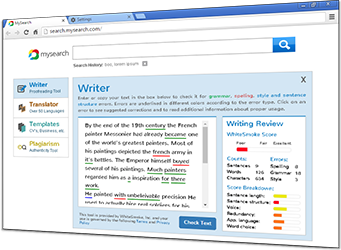Jane Straus - Hyphenating Between Words
Hyphenating Between Words
Jane Straus is the author of The Blue Book of Grammar and Punctuation and Enough is Enough! and developer of GrammarBook.com
Many of us get confused about when to hyphenate between words. For example,
should you write nearly-extinct wolves or nearly extinct wolves?
Nearly answers how close to extinct wolves are/were. Adverbs
answer the questions how, where, and when.
Adverbs do not get attached to adjectives with hyphens. Therefore, the adverb nearly,
like most ly words, does not get hyphenated.
Only compound adjectives--adjectives that act as one idea with other
adjectives--get hyphenated in front of nouns.
Example: The crowd threw out the barely edible cake
The word barely is an adverb answering how edible the cake was.
Example: newly diagnosed disease
The word newly is an adverb answering when.
Example: We live in a two-story building.
The word two does not answer how, when, or where. It is
acting as one idea with story to describe the noun building. Therefore,
two-story is a compound adjective requiring a hyphen.
Example: The announcer offered a blow-by-blow description of the
boxers' punches.
Blow-by-blow is acting as one idea. Therefore, it is a compound
adjective.
Example: Our building is two stories.
When the description follows the noun, do not hyphenate.






